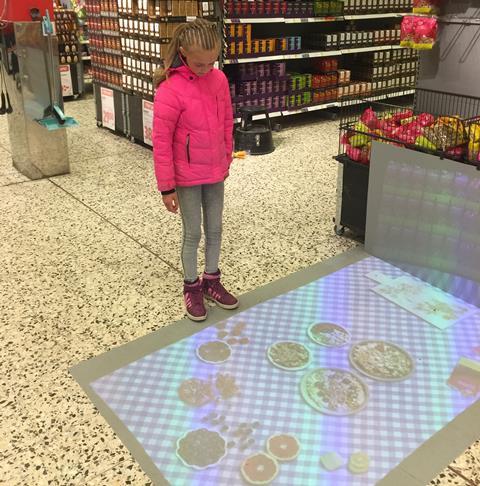
Product holograms and video projections added to gondola end displays can boost sales by up to 62%, University of Bath-led research has found.
However, researchers concluded “the simpler, the better”, with more vivid creative offerings better at capturing attention but not significantly driving up purchases.
The Retailing and Contemporary Consumerism Research Lab at the university experimented with two mixed reality gondola end displays: images of pasta and a pot of sauce, with a moving price tag, projected on to the display; and another where a picnic rug appeared to unroll on the shop floor and the ingredients were shown cooking ready to eat.
While the more vivid images better captured people’s attention – 31% of shoppers versus 26% of shoppers who noticed the simpler approach – they did not translate this advantage into sales. However, both provided a big boost in sales versus the control, projection-less aisle end.
“More vivid mixed reality projections are very effective at catching people’s attention, but we found that shoppers were spotting the promotion from a distance and by the time they reached the shelves their attention was already waning and they tended to walk on by,” said Professor Jens Nordfält, from the lab and franchise of a ICA supermarket in Stockholm, Sweden.
“We all know how to boil pasta but the strange thing is that when we see a packet of pasta at the supermarket we don’t easily envisage a meal, we just see a package among many other packages,” Nordfalt added. “Yet when the retailer gives our imagination a helping hand and tees that packet of pasta up with a sauce, we start to see it as an ingredient. It makes it easier for us to envisage the end result and we feel inspired to buy it for dinner.”
In another experiment, conducted at three stores over a three-week period, audio and scent were added to the display. The addition of audio was found to increase sales, but scent had little effect.
“Adding sound and scent to the mixed reality projections further boosted the number of people who paid attention to the display and the number who went on to make a purchase,” said Dr Carl-Philip Ahlbom, co-researcher from Bath. “The sounds that were added fitted the projection, such as the sizzling sound of cooking, and the effect was twice as powerful as the effect of scent. This may come as surprise to retailers who have adopted scent marketing.”








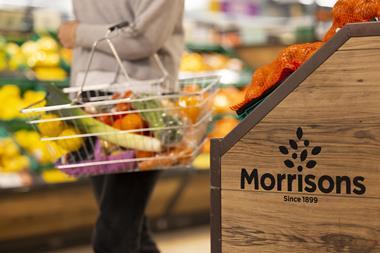

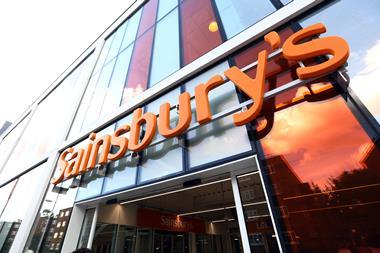
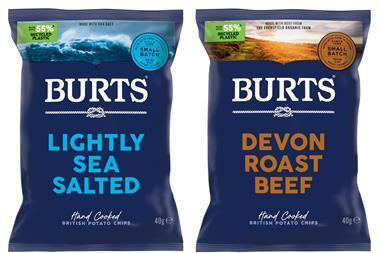



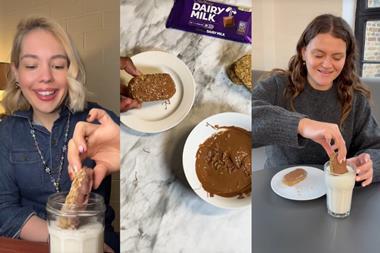



No comments yet